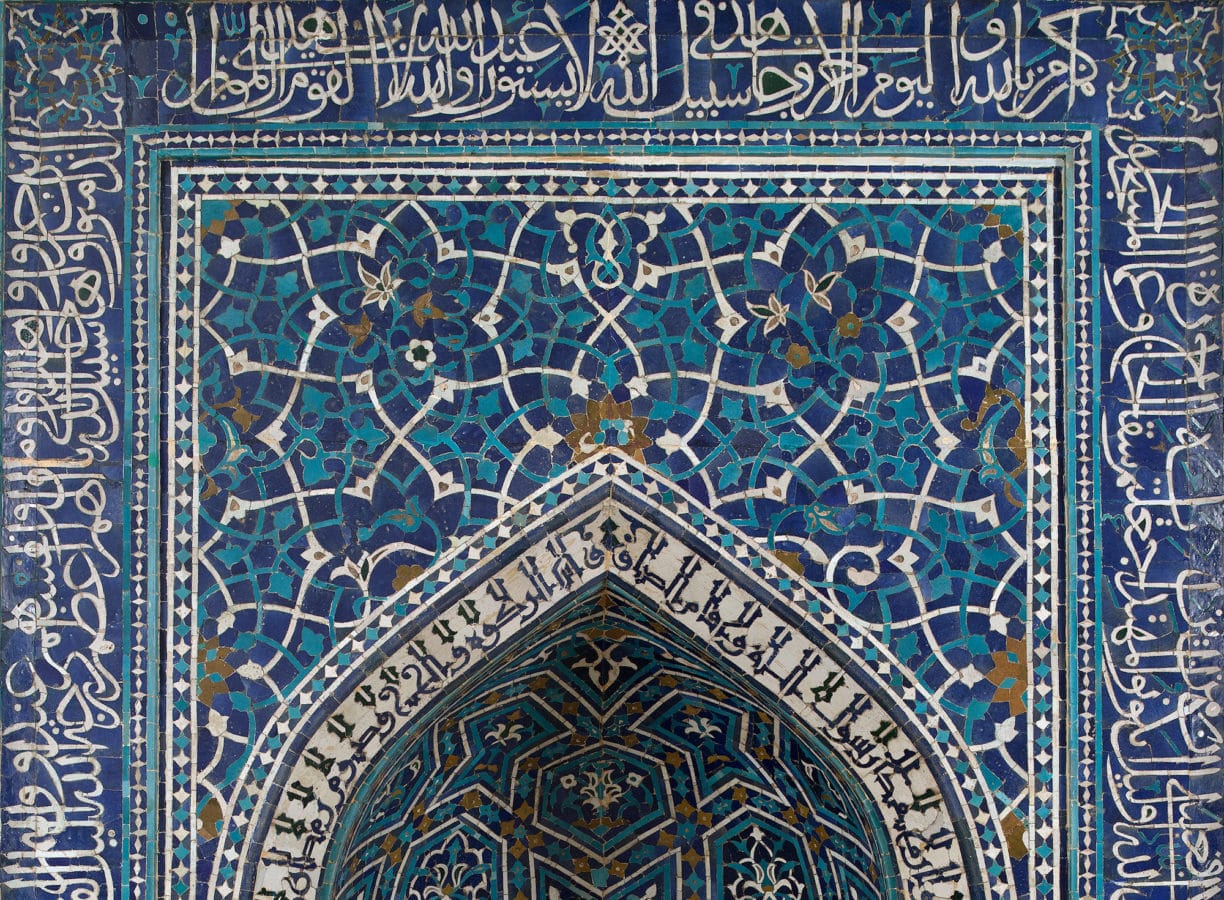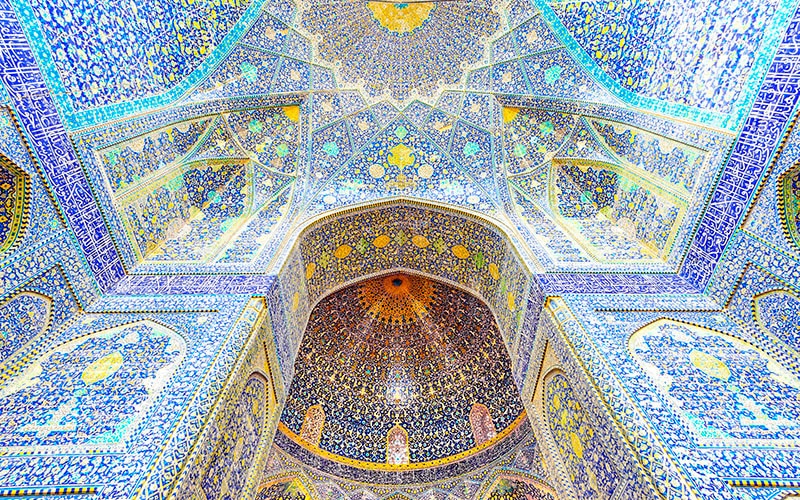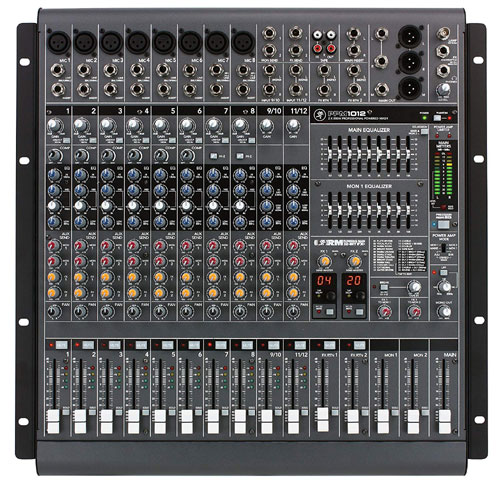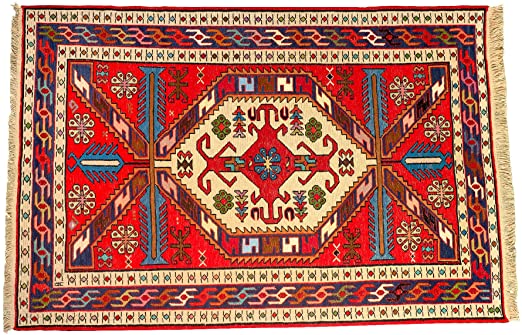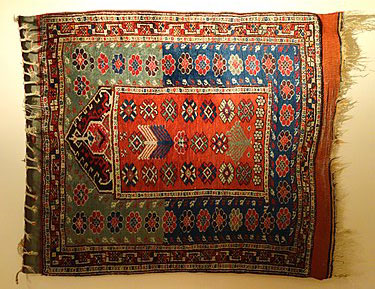THE ART OF MIHRAB
Little masterpieces of Islamic art …
What is a Mihrab ?
It’s a typically semi-circular niche in the mosque. It’s usually inserted in the centre of the Quibla wall, the wall which points towards Mecca, the holy direction of Muslim prayer. With time, mihrabs turned from simple apse-style concavities into highly ornamented sites, little masterpieces of Islamic art.
See The Art of Mihrab :

Miḥrāb from the Beyhekim Mosque in Konya, Turkey, 14th century. Now in the Museum for Islamic Art, Berlin.
The first documented semi-circular mihrab comes from the Mosque of the Prophet at Medina. What used to be Prophet’s house, which later turned into the congregation place of his followers and thus the first mosque, was reconstructed into a proper representative construction during the caliphate of al-Walid I (705-715 AD).
However, mihrabs might have been in use even before the revelation of the Prophet, just dedicated to different purposes. They had always been reserved for people of high importance and elevated social status, and the word mihrab itself stood for an ‘elevated’ place, the most important place in the house.

Torah niche in the Synagogue of Dura Europos, Syria, 3rd century, Wikimedia
As the Arabian Peninsula had always been a place of religious and cultural mingling, Mihrabs might have been inspired by other cultures. In the image before we can see a niche used by the Romans for statues of gods, from the early 2nd century AD, while above we have a niche used by the Jews.

Mihrab, early 1600s, Iran, Isfahan, Cleveland Museum of Art
Since the decorations in mosques could not depict animate creatures (because then the artist would assume the role of the Creator which belongs to God only), calligraphy and arabesque took up the place of highest importance in religious art. The inscriptions on the wall of this mihrab are a citation from Qur’anic Chapter of Light (24:35), which very often was used in Mosques :

Prayer rug, Turkey, ca. 1575-90, The Metropolitan Museum of Art, New York
It also explained a recurring motif of a lamp hanging in the mihrab, with a tree growing below, as we can see on this beautiful carpet used for prayer.
God is the light of the Heavens and the Earth.
His Light is like a niche in which is a lamp-the lamp enclosed in glass-the glass, as it were, a glistening star. From a blessed tree it is lighted, the olive neither of the East nor of the West, whose oil would well neigh shine out, even though fire touched it not! It is light upon light. God guideth whom He will to His light, and God setteth forth parables to men, for God knoweth.

